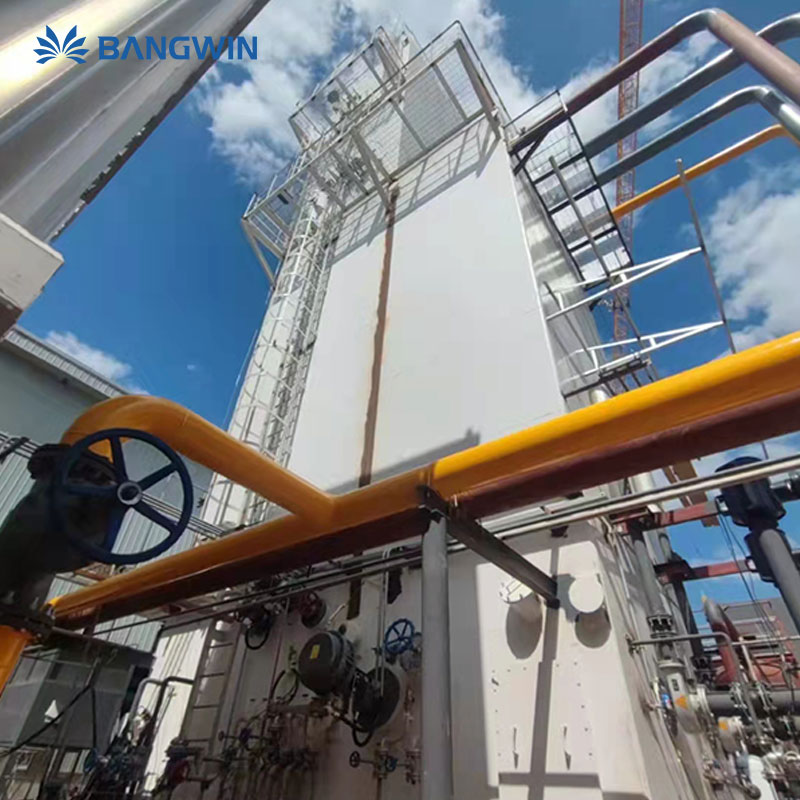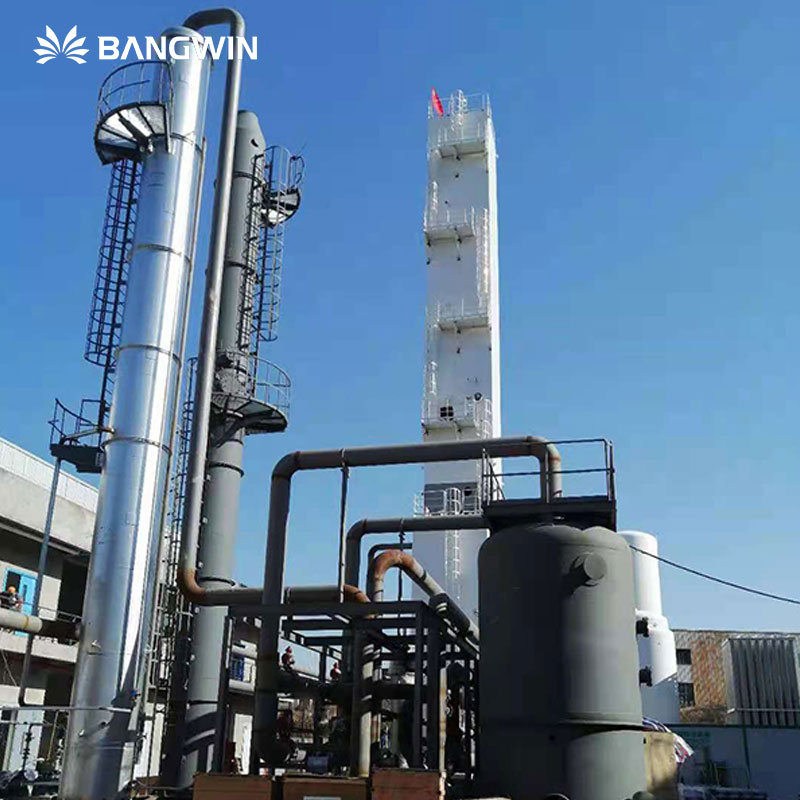-
WhatsApp / Mob : +8618936889762
-
Email : gaoyuu@njbangwin.com
WhatsApp / Mob : +8618936889762
Email : gaoyuu@njbangwin.com
Categories
Latest blog
Tags
Air Separation Unit (ASU): working principle and applications
May 20 , 2024What is an Air Separation Unit?
Air Separation Unit (ASU) is an industrial facility designed to separate atmospheric air into its primary components: nitrogen, oxygen, and occasionally argon and other rare gases. These units are essential for producing high-purity gases required across various industries. The typical components of an ASU include:
Air Purification System: To remove impurities.
Heat Exchangers: To cool the compressed air.
Cryogenic Cooling Systems: To liquefy the air.
Distillation Columns: To separate the air into its components.
How Does an Air Separation Unit Work?
The primary technique used in ASUs is fractional distillation. Here is a step-by-step outline of the process:
Compression: Atmospheric air is drawn into the ASU and passed through a series of compressors to increase its pressure, typically between 5 and 10 bar gauge. This step enhances the efficiency of subsequent cooling and separation processes.
Purification: The compressed air is purified to remove impurities like moisture, carbon dioxide, and trace contaminants. This purification is crucial to ensure the separated gases are of high purity and to prevent freezing or plugging in the cryogenic equipment.
Cooling: The purified, compressed air is cooled to cryogenic temperatures using heat exchangers and refrigeration cycles. This cooling process liquefies the air, facilitating the separation based on differences in boiling points.
Separation: The liquefied air is fed into a distillation column (or multiple columns), where it is separated into its primary components:
As the air ascends the column, it is gradually warmed, causing different components to evaporate at their respective boiling points. For example, oxygen-rich vapor rises to the top, while nitrogen-rich liquid collects at the bottom. Argon is typically extracted at an intermediate point in the column.
Collection, Storage, and Delivery: The separated gases are collected and stored in either pressurized or cryogenic tanks. These gases are then distributed according to the specific purity requirements of different applications.
The efficiency of an ASU relies heavily on the tight integration of its heat exchangers and separation columns.
Healthcare
Oxygen Supply: Critical for medical use, including respiratory support and anesthesia.
Other Technical Gases: Used in various medical applications.
Industrial Processes
Metal Fabrication: Oxygen and nitrogen are used in cutting, welding, and other metalworking processes.
Chemical Production: Gases from ASUs are used in the synthesis of chemicals.
Wastewater Treatment: Oxygen is used to enhance biological treatment processes.
Semiconductor Manufacturing: High-purity gases are essential for processes like wafer manufacturing and device fabrication.
Food and Beverage
Nitrogen: Used for packaging and preserving food products to extend shelf life.
Energy Production
Combustion Processes: High-purity oxygen is used in power plants and steel mills to improve combustion efficiency and reduce emissions.
Conclusion
The Air Separation Unit is a cornerstone technology in producing high-purity industrial gases. Its ability to efficiently and cost-effectively separate air into its primary components has broad applications across healthcare, industrial processes, food and beverage industries, and energy production. As demand for these gases grows, the role of ASUs will continue to expand, driven by advancements in cryogenic engineering and the increasing need for high-purity gases in various applications.

